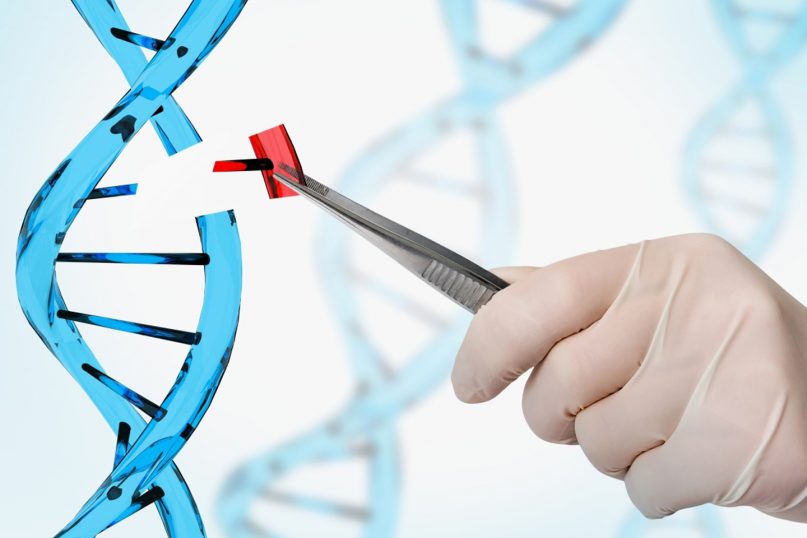
Different traditions that consider the dirt of the grave to be beneficial and magicalAnother article describing new gene manipulating technologies, this time to limit pests and disease.
Recently the New Mind Journal published an article on biohacking and how it is being utilized to improve the human condition but primarily being tested on animals first. There is another bioengineering method that is being used by experimental scientists within the biohacking realm, gene driving.
What is gene driving? Gene-driving is a genetic engineering technology that propagates a suite of genes throughout a population by altering the probability that a specific allele will be transmitted to offspring from the natural 50 percent probability. Often through gene driving the genetic makeup of just one animal, or several, of a species needs to be modified by a scientist for the new genes to be spread throughout the species in a couple generations. There have been times where this has occurred naturally without any intentional outside interference.
The idea of gene driving is not brand new. As an idea, intentional gene driving has been around for over a decade. The Sub-Saharan African country of Burkina Faso is one of the worst affected countries with an estimated 7.9 million clinical cases of malaria in 2017, causing in the region 28,000 deaths mainly in children under five. For about five years now scientists in this part of the world have been experimenting with genetically modified mosquitoes.
Research teams are currently developing gene drives that could control malaria. A group of scientists at Imperial College London has developed a CRISPR-based gene drive in Anopheles gambiae, the mosquito species that transmits malaria in sub-Saharan Africa. The Anopheles gambiae’s new gene drive inactivates genes involved in egg production in female mosquitoes. This could be used to reduce mosquito populations, according to team member Austin Burt, an evolutionary geneticist.
Scientists have already developed a similar successful gene drive in mice, like the above-mentioned mosquitos, this only works on the female mice.
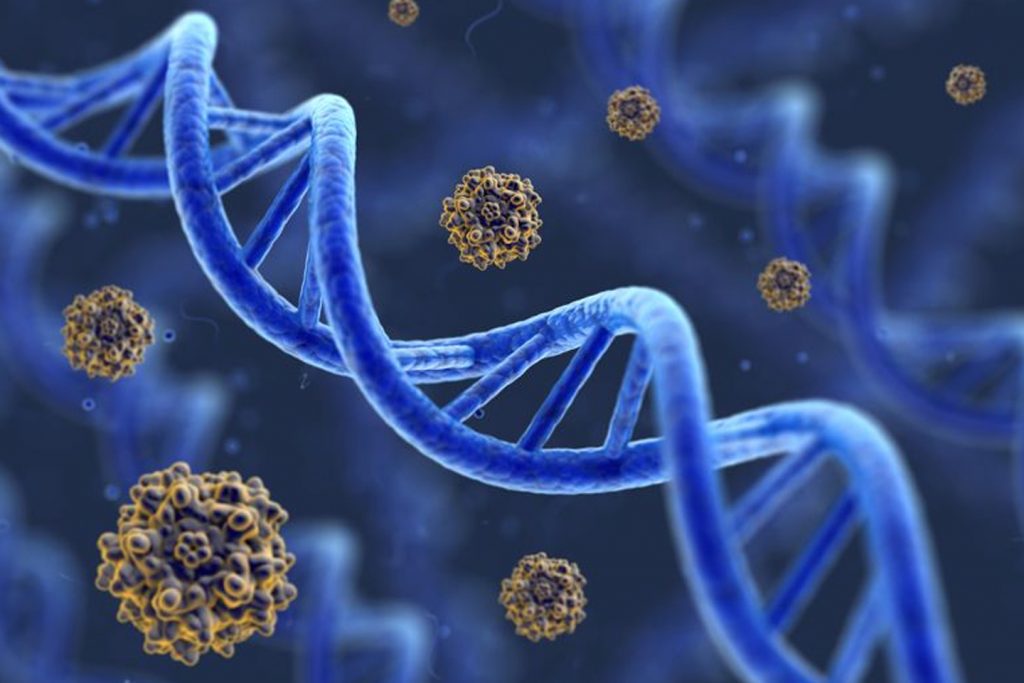
“It’s a very significant development,” said Kenneth Oye, a scientist who studies emerging technologies at the Massachusetts Institute of Technology in Cambridge. “Things are moving rapidly in this field.”

By: Alexandria Addesso





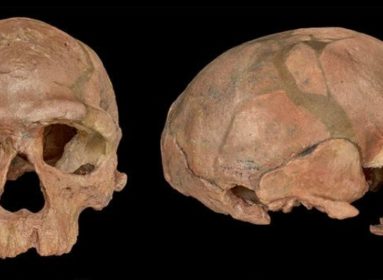






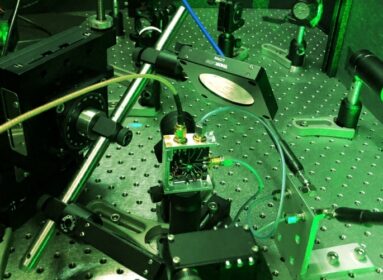
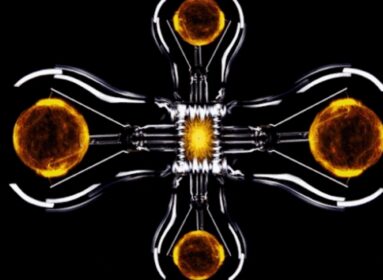




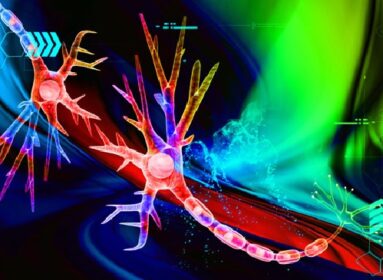
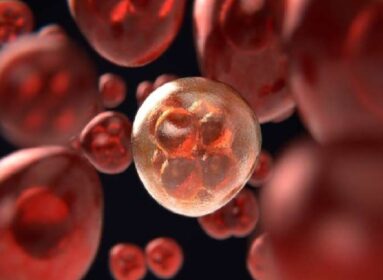
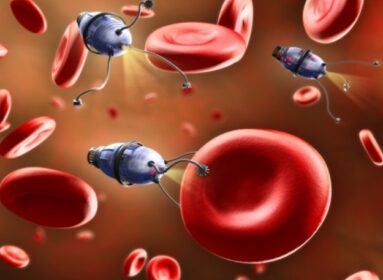


















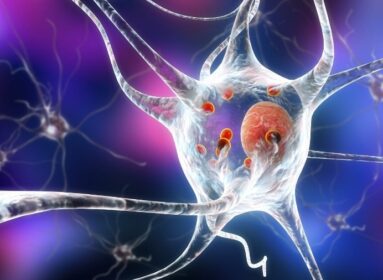



























Comments are closed.